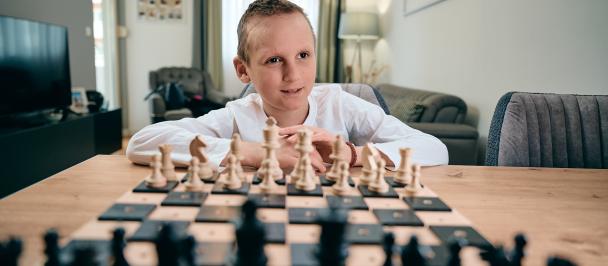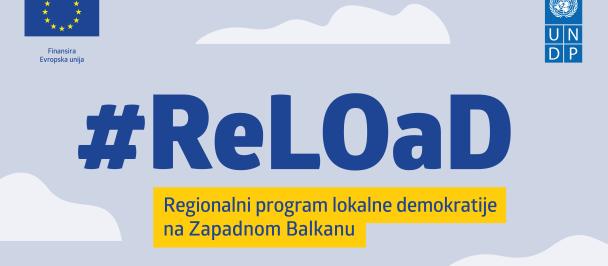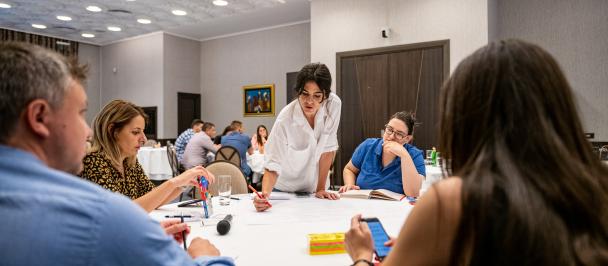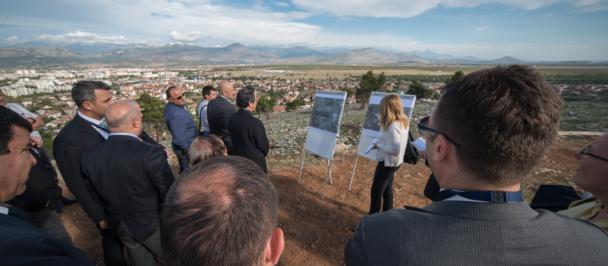Creative Montenegro
Summary:
The aim of the cultural policy of Montenegro is to develop and promote contemporary cultural-artistic creativity, cultural activity and cultural life in general. Moreover, it strives to valorise cultural heritage, contribute to intercultural dialogue and preserve the peculiarities of different cultural identities. Ultimately, this will help affirm the identity of Montenegro as a state and promote cultural ties with other countries. Culture and creativity are important assets for the economy. Culture contributes directly to jobs, growth and external trade.
The “Creative Montenegro – Economic Valorisation and Creative Industries” project will foster economic revitalization through restoration of cultural heritage and promotion of cultural and artistic creativity through development of creative industries. Creative industries make a unique contribution to the economic and cultural well-being of nations and individuals.
Objectives:
The overall objective of the project is to support Ministry of Culture and municipalities in economic revitalization through reconstruction of cultural heritage and enriching the tourist offer at the local level, bringing it in line with the principles of sustainable development. The goal is to advance the cultural & artistic creativity and further develop sustainable cultural tourism – a rapidly growing sector that accounts for 40% of world tourism revenues.
The project strives to achieve three general objectives:
- Economic valorisation of cultural heritage and its sustainable use;
- Development of creative industries and contemporary creativity – from ideas to infrastructure;
- Promotion of the natural and cultural heritage of Montenegro through the implementation of the European Cycling EuroVelo8 route and Cultural Route of Council of Europe;
Activities:
The project will serve to boost the brand of Montenegro's new creative industries and promote the tourism offer. It will help set up clear sustainable policies in the area of culture and art, thus promoting the authors and their works and helping them market their products. The new markets will unleash the potential of creative industries to become the driver of sustainable economic development. By bringing together diverse individuals and groups, we will also foster social cohesion (SDG 17: Revitalize the global partnership for sustainable development).
The project will facilitate implementation of the Regional Development Strategy of Montenegro for the period 2014-2020, strongly supporting creative industries and public-private partnerships, enabling the re-use of cultural heritage facilities and its environments. This will help integrate urban development through sustainable cultural tourism and efficient local economic development. Culture has a crucial role to play in SDG 11: Make cities and human settlements inclusive, safe, resilient and sustainable, while target 11.4 calls for strengthening efforts to protect and safeguard the world’s cultural and natural heritage.
Furthermore, the Project will support the implementation of the Ministry of Culture’s Programme "Creative Montenegro: Identity, Image, Promotion 2017-2020", and Action Plan and will propose new activities to build on existing Government interventions. These activities will ensure the sustainable management of the cultural heritage of Montenegro with the aim of developing cultural tourism through economic revitalization of cultural heritage and launching the development of cultural-artistic creativity.
Considering that the project will support involvement of youth and women through the development of creative industries, the project will engage women and men on equal footing in all activities.
Additionally, by supporting the local government units, with special attention to entrepreneurs in cultural and tourism sectors and young artists in northern municipalities, this project will directly contribute to economic development. This will have a direct positive impact on SDGs across the board, and especially on SDG 8: Decent work and economic growth.
Results:
- We set up the “Living Culture” stage at the Sea Dance festival to present Montenegrin music and art to more than 60,000 visitors from all over the world. Not only did this uplift the visibility of 12 local young DJs who played side by side with the biggest world stars, but we boasted the wealth of our art potential: from a mural in SDG colours, to innovative animation and screening of the best of Montenegrin cinematography. We also helped in ‘greening’ the festival through a set of measures – from recycling waste to shared transportation, etc.
- Montenegro is stepping into the future, where creative industries boost economy, generate jobs and foster diversity. The two-day Montenegro Creative Forum and Exhibition were held in October 2019. The Creative Montenegro Forum: A step forward brought together more than 400 participants from all over the world. They teamed up to chart a new vision of cultural policies that will unleash the potential of youth and enable progress across the society. Eleven artists presented their new businesses at the Exhibition, showcasing the potential of synergy between art and entrepreneurship. High officials, including president, prime minister and minister of culture reiterated the state’s commitment to creative industries, as drivers of sustainable economic growth, with special focus on film and festival industry.
- New vibe in the city - UNDP with the Ministry of Culture and the Capital City of Podgorica kickstarted a new initiative in 2019: MICRO 020. In a bid to engage people and communities to revitalize urban pockets, MICRO 020 will help make them green and vibrant areas for socializing! We worked directly with citizens, architects & young artists to make Podgorica a better place! The First transformed location is the square of Princess Ksenija, now enriched with the permanent contemporary art installation, giving a ‘facelift’ to this neglected public space.
- We equipped the first 3D cinema in Mojkovac, in the Centre for Culture "Nenad Rakocevic". Considering the fact that Mojkovac is part of the project for foreign investment in development of resorts in the North, it aspires to become an attractive tourist destination throughout the year. The refurbished modern cinema will enrich the cultural offer of the city and make Mojkovac the northern hub for 3D movies.
- The fortress Španjola in Herceg Novi aspires to become an international creative hub, with potential to attain global visibility! By sharing creative space and knowledge with other residents, artists will have the opportunity to test and fully realize their ideas within this innovative ecosystem. Contemporary solutions for repurposing of this immovable cultural heritage were canvassed through the International innovation challenge which attracted architects, architectural associations, institutions and companies. The best 3 innovative solutions were awarded.
- Technical documentation for Revitalization of the former prison Jusovaca is being prepared, with an aim to repurpose it into a creative hub. The new concept combines art, ICT and entrepreneurship, which can open a wealth of new opportunities. The aim is to advance the contemporary creative scene in Montenegro and make it more receptive to both authors and audiences.
- More than 100 entrepreneurs and creators from the territory of Bijelo Bolje, Mojkovac, Berane and Petnjica took part in the research of creative industries, assessing its capacities to boost economy and stimulate growth. This has charted the way forward and shaped the future goal of opening a regional creative hub for the North.
- The initiative for establishment of the Centre for development of creative industries in Bijelo Polje, was explored at a public discussion. The concept was further developed through an innovation challenge, canvassing ideas on how to convert the former military complex “Cerovo” into a Regional Creative Hub. The top five solutions for urban and architectural repurposing were selected and awarded. The aim is to promote creative and cultural industries in the North, both strategically and infrastructurally.

 Locations
Locations


